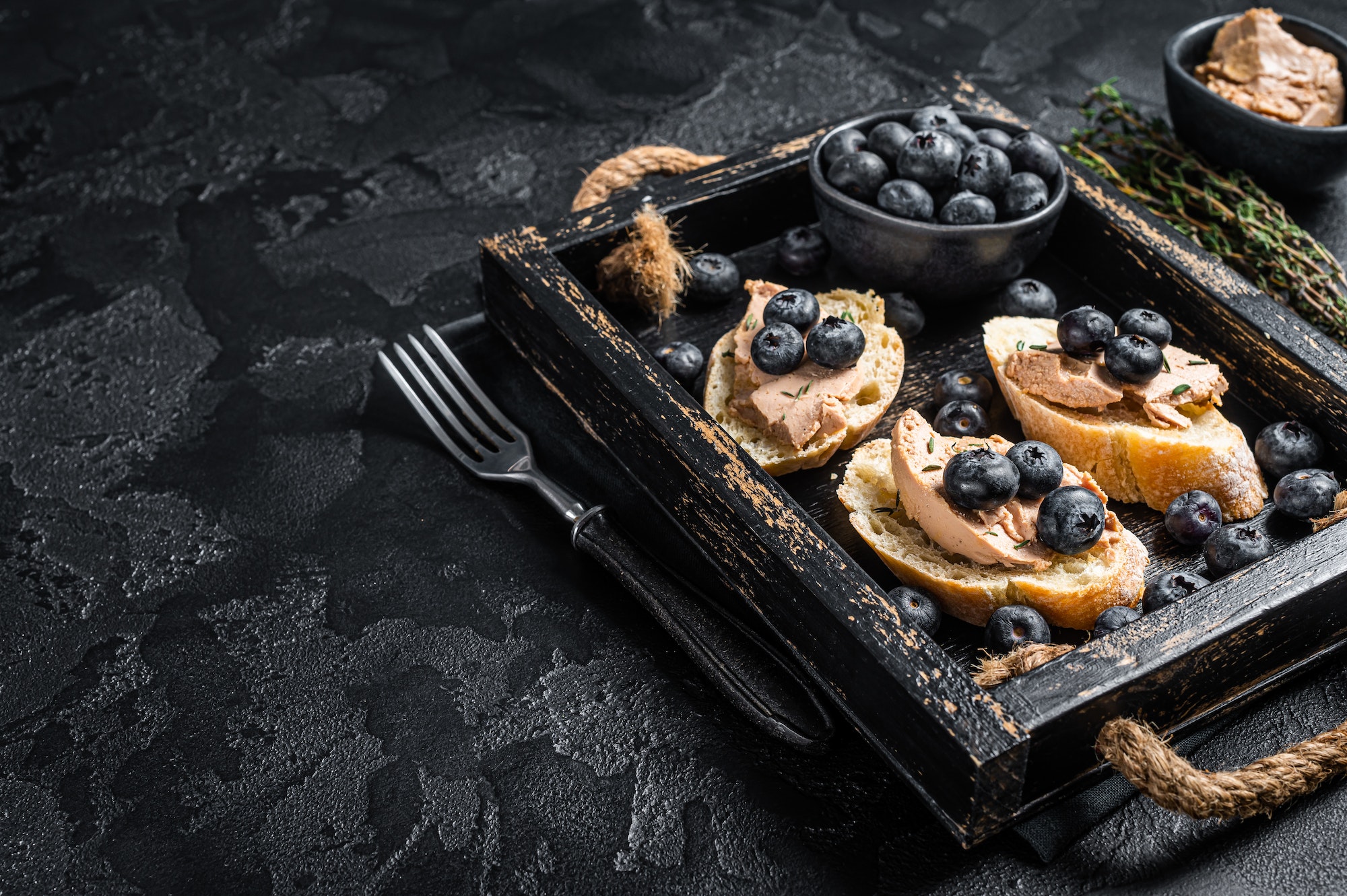Foie gras is a delicacy that has been enjoyed for centuries. The rich, buttery taste and smooth texture make it a sought-after luxury ingredient worth splurging on. However, buying and storing foie gras can be a challenge for those who are not familiar with this gourmet product. This article provides essential tips on buying and storing foie gras to ensure that you get the most out of your investment.
1. Choose the right type of foie gras
There are two main types of foie gras: duck and goose. Duck foie gras is more widely available and tends to be less expensive than its goose counterpart. It has a slightly stronger flavor and a firmer texture. Goose foie gras, on the other hand, is considered the more luxurious option due to its milder flavor, smoother texture, and higher fat content.
When purchasing foie gras, you will also need to decide between whole foie gras, mousse, or pâté. Whole foie gras is the entire liver, either cooked or raw. Mousse is made from pureed foie gras mixed with other ingredients such as truffles or Armagnac, while pâté contains ground liver combined with other meats and seasonings.
2. Look for quality indicators
When buying foie gras, look for products that have been awarded the Label Rouge (Red Label) or the Indication Géographique Protégée (Protected Geographical Indication) certifications. These labels guarantee that the foie gras meets specific quality standards regarding production methods and animal welfare.
It is also essential to check the ingredients list. High-quality foie gras should contain minimal additives, with liver and salt being the primary ingredients.
3. Buy from reputable sources
Purchasing foie gras from a reputable source is crucial to ensure that you are getting a high-quality product. Look for specialty food stores or online retailers that specialize in gourmet products and have positive customer reviews. You can also visit local farmers’ markets or specialty shops to find artisanal producers who sell their foie gras directly to consumers.
4. Consider ethical concerns
The production of foie gras involves the force-feeding of ducks or geese to enlarge their livers. This practice, known as gavage, has raised ethical concerns regarding animal welfare. As a result, some regions have banned the production and sale of foie gras. If you are concerned about the ethical implications of consuming foie gras, consider seeking out producers who employ more humane methods or explore alternative products such as faux gras, which is made from plant-based ingredients.
5. Store it properly
Proper storage is essential to maintain the quality and flavor of your foie gras. Fresh, raw foie gras should be kept in the refrigerator at a temperature between 32°F and 39°F (0°C and 4°C) and consumed within two days of purchase. Cooked foie gras can be stored in the refrigerator for up to one week.
For longer storage, foie gras can be frozen for up to six months without losing its quality. To freeze, wrap the foie gras tightly in plastic wrap, then place it in an airtight container or heavy-duty freezer bag. Thaw frozen foie gras slowly in the refrigerator for 24 hours before consuming.
6. Serve it correctly
To fully appreciate the flavor and texture of foie gras, serve it slightly chilled but not cold. Remove it from the refrigerator 15 minutes before serving to allow it to come to the ideal temperature. Foie gras is best enjoyed on its own or with simple accompaniments such as crusty bread or toast points, fruit compotes, or a glass of Sauternes wine.
By following these tips on buying and storing foie gras, you can ensure that you are investing in a high-quality, luxurious ingredient that will elevate your culinary creations.

